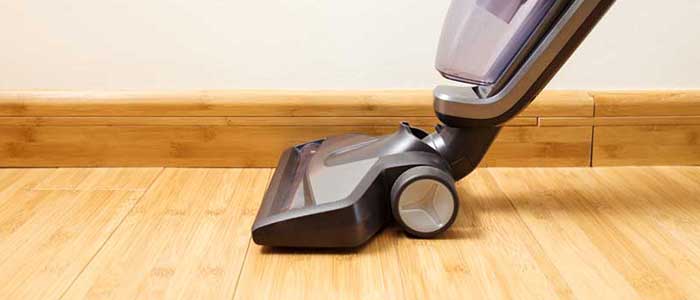Wood floor sanding is known to be a messy job. Even delivered by professionals that work with the highest quality, cutting-edge and almost completely dust-free equipment, wood floor sanding is still a messy job that requires a good clean after and when the surface of the floor is completely dry… or during the sanding process too. The biggest problem of sanding is the fine wooden dust produced that manages to penetrate and hide into every nook and corner of the room and unfortunately there is no way to run away from dust.
So, how do you get rid of this dust from your floors and… anywhere else? Here are some tips and tricks that may help you fight the annoying and stubborn dust.
Think and plan ahead
The best way to prevent dust from sanding hiding in all possible corners of the room is… covering them. Be sure to remove everything possible out of the room where sanding is happening and don’t forget everything hanging from the wall or the ceiling. If you are going for extra protection – cover furniture pieces and appliances that are located in the near rooms with a plastic sheet. This will also make the cleanup much easier when the sanding is over.
Clean the floor as you go
Do not leave everything for the end, make sure the floor is cleaned after every stage of the process. This will reduce the amount of work that has to be done at the end as well as guarantee that the sanding, sealing and staining job will be done properly and show amazing final results. It is a bonus that cleaning during the process will make breathing easier.
Vacuuming
Vacuuming is your best friend when sanding the floor and after that. Vacuuming will help you collect a big amount of dust as well as reach all the nooks and corners of the room, so be sure to use all the attachments of your vacuum that may help, but mostly soft vacuum heads to prevent scratches on your newly sanded and sealed floor. From top to bottom, make sure to suck up all the remaining dust.
Soapy water
Once you are completely done with vacuuming, it is time to wash anything remaining away with soapy water… however, this is recommended for furniture pieces, countertops, walls and baseboards, but never for a real wood floor. Water is among the biggest enemies of wood, especially damaging for newly treated floors. Excess water and liquids may cause a wide range of issues and problems, so make sure to prevent that by not using water directly on the surface of the floor. Always use a damp mop, if needed, but not on an everyday basis. When washing your floors, make sure to use cleaning products that are designed for real wood and consist of neutral pH.
Floor cleaning
It is important to wait at least 72 hours after the finished application on your floor before washing it, otherwise, you risk the surface being still not completely dry and ruin the job done completely.

Be the first to comment on this post.